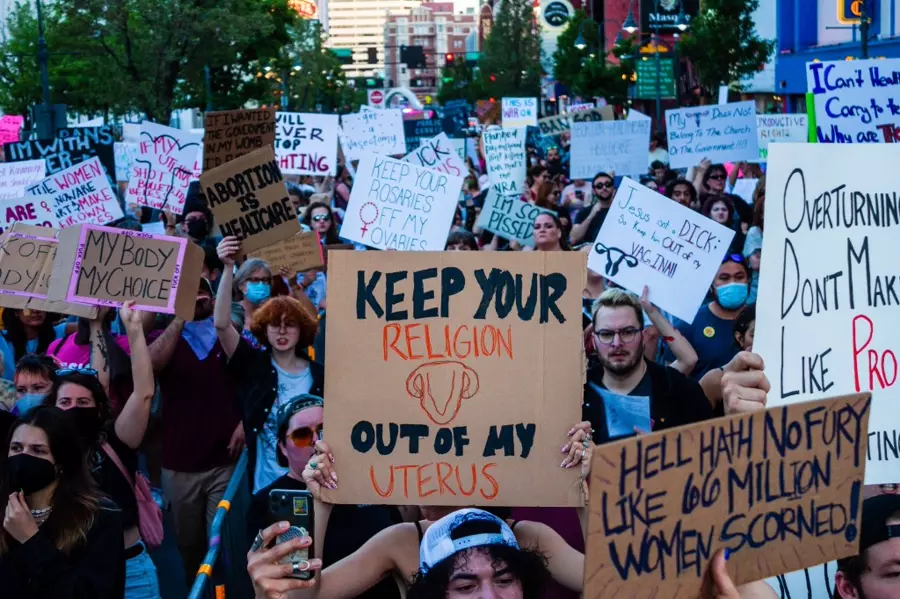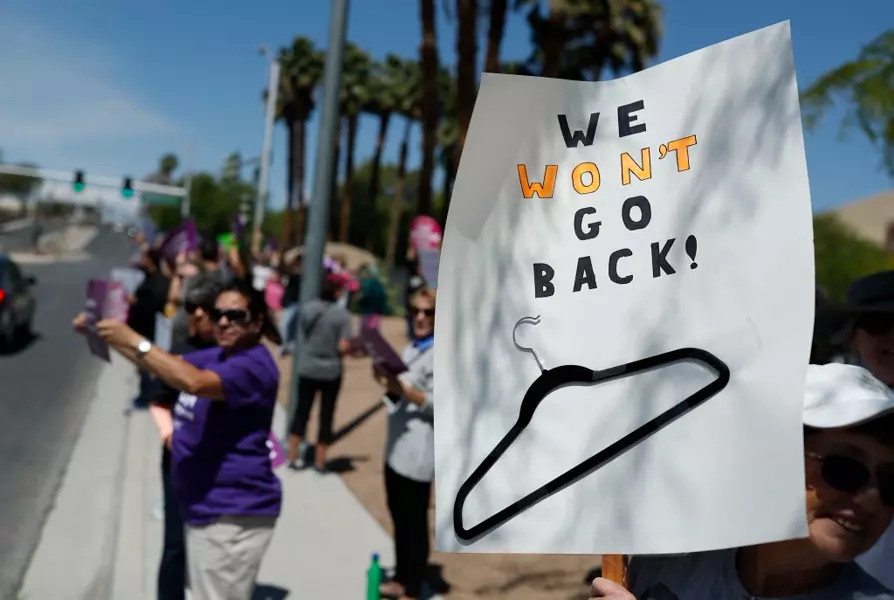Nevada is on the verge of becoming the 18th state to permit low-income pregnant women to use Medicaid funds for abortions. The state government opted not to challenge a judge’s ruling earlier this year, which determined that denying coverage for abortions violated Nevada’s equal rights protections adopted by voters in 2022. Although the exact date of the coverage commencement is unclear, the ruling judge stated it should be no later than early November.

Rebecca Chan, a lawyer with the ACLU Reproductive Freedom Project, which brought the case, said: “Nevadans who have Medicaid as their health insurance will no longer need to fear that they will be forced to carry a pregnancy against their will.” This comes amidst increased focus on abortion issues across the country since 2022 when the US Supreme Court overturned Roe v. Wade, effectively removing federal protections for women’s access to abortions.
Since then, most GOP-controlled states have implemented bans or restrictions, including 14 that bar abortion at all stages of pregnancy and four more that generally prohibit it after about the first six weeks of pregnancy. Conversely, most blue states have endeavored to protect and expand access to abortions. Nevada, where the legislature is controlled by Democrats, falls under this category, having protected access.
Just last week, a judge struck down North Dakota’s abortion ban, while Arizona repealed its long-dormant 1864 law that criminalized all abortions except when a woman’s life was in jeopardy. Voters in Nevada will consider enshrining the right to abortion in their state constitution this November. If the referendum passes, there will be a second vote in 2026.

However, even in states where abortions are readily available, there is often an issue of whether the procedure is covered by Medicaid for patients on the joint state-federal program for those with lower incomes. Under a 1977 law, federal funds are prohibited from paying for abortion except in cases of rape, incest and when abortion is necessary to save the life of the pregnant person. States can use their allocations to pay for abortion under certain circumstances.
According to the research organization Guttmacher Institute, most states follow this federal law for state funds too, or they do so but with some additional exceptions. Seventeen states cover abortion without limitations; nine of those are under court orders and eight cover abortion voluntarily. Roughly one-third of American women between the ages of 15 and 49 live in states where abortion is accessible and Medicaid covers abortion but only in limited cases, as per healthcare nonprofit KFF. Approximately one in five women in those states has Medicaid insurance coverage. Those with Medicaid are disproportionately low-income, Native American, and Black.




